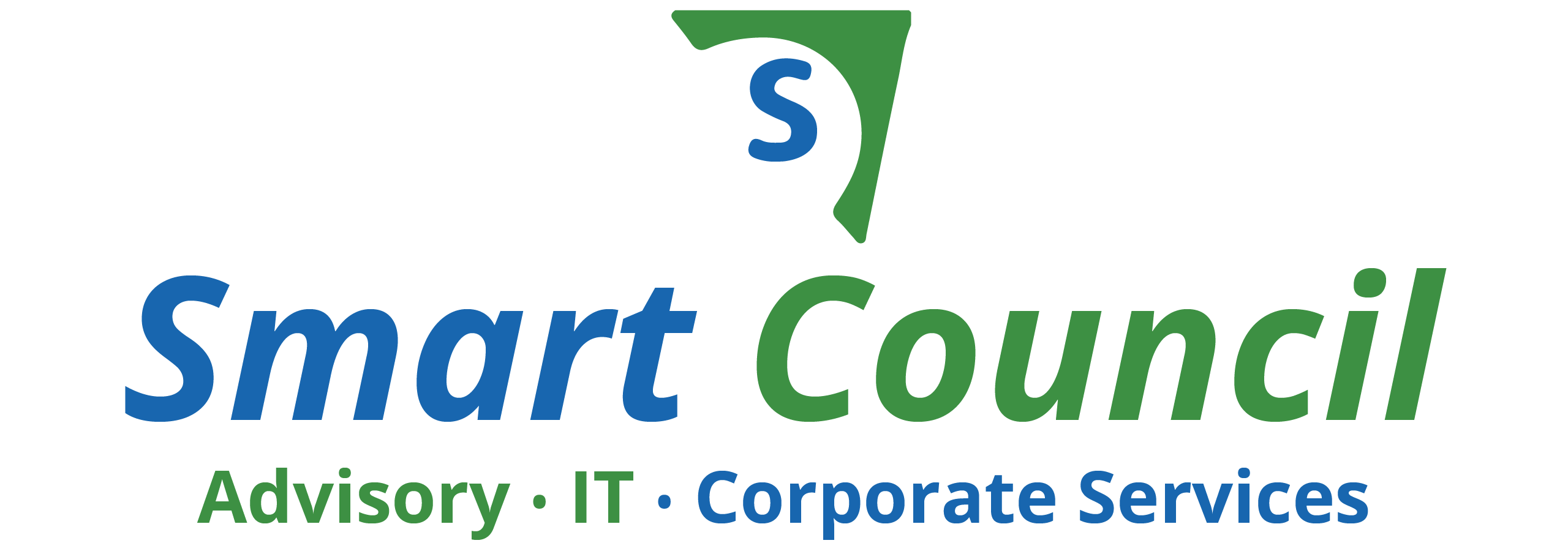Building upon the foundational understanding of The Role of Symbols in Conflict Throughout History, this article explores how symbols serve as powerful tools in shaping personal and collective identities, fostering social cohesion, and mediating conflict resolution. By examining specific examples and research, we can appreciate the nuanced ways in which symbols influence human behavior and societal dynamics over time.
1. The Power of Symbols in Shaping Personal and Collective Identity
a. How do symbols create a sense of belonging and differentiate groups?
Symbols function as markers of identity, allowing individuals and groups to recognize shared values, histories, and beliefs. For example, the Rainbow Flag has become a symbol of LGBTQ+ pride, fostering a sense of belonging within the community while simultaneously distinguishing it from others. Similarly, religious icons such as the Crescent Moon and Star or the Christian Cross serve as visual representations that affirm faith and group membership, reinforcing internal cohesion and external differentiation.
b. The evolution of symbols as markers of identity over time
Symbols are not static; they evolve with cultural shifts, political changes, and societal values. The American Flag, for example, has undergone numerous modifications since its adoption in 1777, reflecting historical developments and expanding notions of national identity. Over centuries, symbols adapt to new contexts—transforming from mere markers into complex narratives that encapsulate collective memory and evolving ideologies.
c. Case studies: National flags, religious icons, and cultural emblems
| Symbol | Significance | Evolution |
|---|---|---|
| Mapuche Chakana (Andean Cross) | Incan symbol representing harmony between the cosmos and the earth | Originated in Andean cultures, now a symbol of indigenous identity and resilience |
| Union Jack | Represents the union of England, Scotland, and Ireland | Evolved through historical political unions; remains a symbol of national sovereignty |
| Hindu Om | Sacred sound and spiritual icon in Hinduism | Traditionally oral, now widely used in visual form, representing spiritual unity |
2. Symbols as Tools for Building and Reinforcing Social Cohesion
a. How symbols foster unity within communities during times of peace and crisis
During crises, symbols act as rallying points. The Peace Sign, originally designed in the 1950s for nuclear disarmament, has become a universal emblem of hope and unity across diverse movements. In times of peace, symbols like the Olympic Rings promote international solidarity, reminding nations of shared goals beyond conflict.
b. The role of rituals and ceremonies in embedding symbolic meaning
Rituals such as national anthems, flag-raising ceremonies, or religious rites embed symbols into collective consciousness. These practices reinforce shared identities and create emotional bonds. For example, the lighting of the Olympic flame symbolizes unity and peace, connecting participating nations through a shared ritual.
c. The potential for symbols to both unite and divide communities
While symbols can foster cohesion, they may also be sources of division. The Confederate flag in the United States, for instance, symbolizes heritage for some but is viewed as a symbol of oppression by others. Recognizing this duality is essential for effective conflict resolution and community dialogue.
3. The Psychological Impact of Symbols on Individual and Group Behavior
a. How symbols influence perceptions, attitudes, and decisions
Research shows that symbols activate subconscious associations that shape perceptions. For example, the Swastika, once an ancient symbol of prosperity, became associated with hate due to its adoption by Nazi Germany. This transformation demonstrates how symbols influence attitudes profoundly, often beyond conscious awareness.
b. The subconscious power of symbols in motivating action and loyalty
Political movements leverage symbols to foster loyalty. The Black Power fist became an emblem of resistance and unity during the Civil Rights Movement, motivating collective action rooted in shared symbolism. Such symbols tap into emotional and subconscious layers, mobilizing groups toward common goals.
c. Examples from propaganda, marketing, and political movements
Propaganda uses symbols to shape perceptions, as seen with the Hammer and Sickle in Soviet iconography, representing workers’ solidarity. In marketing, logos like Apple’s apple evoke innovation and quality, demonstrating how symbols influence consumer loyalty and perceptions.
4. Symbols as Mediators in Conflict Resolution
a. The strategic use of symbols to de-escalate tensions and foster understanding
Symbols can serve as neutral grounds for dialogue. The Rainbow Flag has been used in peace initiatives to symbolize hope and inclusivity, helping conflicting groups find common ground. Strategic reappropriation of symbols can transform divisive narratives into shared stories of reconciliation.
b. Case studies: Peace symbols, reconciliation gestures, and shared cultural icons
The White Dove has long been emblematic of peace, used in numerous peace negotiations worldwide. Similarly, gestures like the Handshake or the exchange of cultural artifacts facilitate dialogue and mutual understanding, often serving as tangible manifestations of symbolic reconciliation.
c. How reinterpreting or transforming symbols can facilitate dialogue
Transforming symbols from divisive to unifying requires understanding their underlying narratives. The transformation of the Confederate flag into a symbol of heritage versus oppression illustrates how reinterpretation can open pathways for dialogue and healing.
5. The Dual Nature of Symbols: Instruments of Division and Unity
a. When symbols become rallying points for conflict or oppression
Symbols like the Nazi swastika or the Confederate flag have been co-opted to promote hate or supremacy, demonstrating their potential to incite division. Recognizing the context and history behind symbols is crucial for understanding their impact.
b. The transformation of divisive symbols into unifying ones over time
Historical examples include the transformation of the South African flag post-Apartheid, which was redesigned to symbolize unity and reconciliation, turning a symbol of division into one of hope.
c. Ethical considerations in the use and reinterpretation of symbols
Reinterpreting symbols must be approached ethically, respecting their histories and the sentiments of affected communities. Forced or superficial reinterpretations risk deepening divisions rather than healing.
6. Emerging Symbols in Contemporary Global Conflicts
a. Digital and social media symbols shaping modern identity
Hashtags like #BlackLivesMatter or #MeToo have become symbols of social movements, transcending physical borders and creating virtual communities. These digital symbols rapidly mobilize and shape collective identities in the online sphere.
b. The rise of new symbols in social justice movements and global activism
Icons such as the Purple Handprint in anti-violence campaigns or the Pink Triangle symbolize specific causes, fostering solidarity and awareness across diverse populations.
c. Challenges and opportunities of symbolic evolution in a connected world
While digital symbols can spread quickly, their meanings may become diluted or misunderstood. Ensuring that symbols retain their intended message requires ongoing dialogue and education.
7. From Conflict to Cooperation: Reclaiming Symbols for Peacebuilding
a. Strategies for transforming conflict-related symbols into symbols of reconciliation
Reclaiming symbols involves inclusive dialogue, acknowledging histories, and creating new narratives. For instance, reinterpreting the Confederate flag through community-led initiatives can pave the way for healing.
b. Role of education and cultural dialogue in reshaping symbolic meanings
Educational programs that explore the histories and diverse perspectives behind symbols foster understanding. Cultural exchanges can help communities see symbols through new, less divisive lenses.
c. Long-term impacts on identity and community resilience
When successfully reappropriated, symbols can foster resilience, shared identity, and long-lasting peace. This process requires patience, dialogue, and respect for all stakeholders involved.
8. Connecting Back: How the Deep Understanding of Symbols Enhances Conflict Resolution Strategies
a. Recap of the importance of symbols in shaping identity and resolving conflicts
A nuanced understanding of symbols reveals their dual capacity to divide or unite. Recognizing their histories and meanings allows mediators to craft more effective peace initiatives.
b. The significance of symbolic interpretation in fostering lasting peace
Interpreting symbols with sensitivity helps address underlying tensions, transforming conflicts into opportunities for reconciliation. This approach aligns with research indicating that shared symbolic understanding is key to sustainable peace.
c. Final thoughts: Leveraging symbolic awareness to bridge divides and build shared identities
“Symbols are the language of the subconscious. Understanding and reshaping them can open pathways to unity in a fractured world.”
Harnessing the power of symbols with awareness and respect provides a profound opportunity to transform conflicts, forge shared identities, and foster enduring peace across diverse communities.


